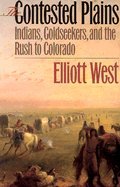What do you think?
Rate this book


422 pages, Paperback
First published April 1, 1998
Part of an effective environment is the energy that moves continuously around us. All organisms draw on that energy, convert it, and use it in order to live. As energy is captured and set to a purpose, it becomes power. The application of energy is power at its widest meaning...Through their imagination, [people:] have been especially handy at devising new paths to energy and new methods of turning it into something they can use. Because humans can imagine more means of gaining power, their impact on their world is obviously greater as well...The problem is, just as we cannot truly perceive all of our effective environment at any moment, so we cannot imagine anything close to the full consequences of changing things.